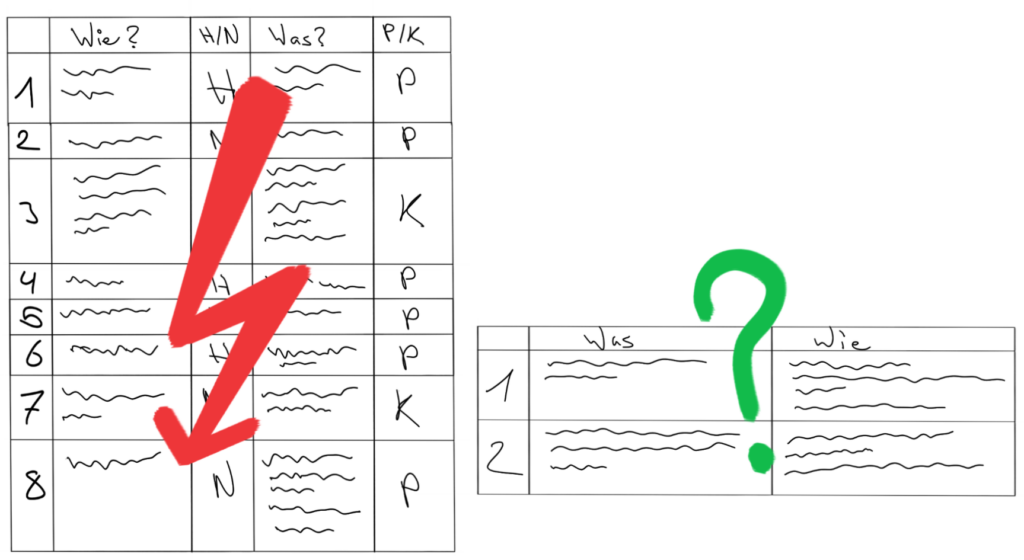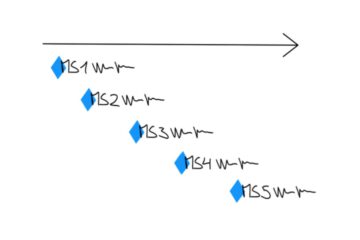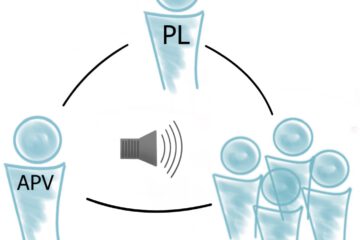
Content
- What is the purpose of the opportunity analysis?
- How is the opportunity analysis structured?
- Why is a detailed risk analysis essential?
- How is a risk analysis structured?
What is the purpose of opportunity analysis?
The opportunity analysis is used to identify further achievable objectives and their effects on the company and the project. These are additional and ancillary products that are not mentioned in the objectives but have a certain benefit for the client.
How is the opportunity analysis structured?
A detailed opportunity analysis includes the naming of the opportunity, the cause, i.e. how it can be achieved, and the effect, i.e. the benefit provided.
Traditionally, this analysis is presented in tabular form and attached to the risk analysis in the project report.
Why is a detailed risk analysis essential?
First of all, we should ask ourselves ‘Why do I make a risk analysis? The answer is surprisingly simple: we want to identify all possible factors that may negatively affect our project to ensure that the planning and implementation are as promising and efficient as possible.
An incomplete or even missing risk analysis can lead to planning mistakes and crises and even put us in legal danger. This is particularly important for events and construction projects. Here is a small example:
Visitor A enters your property, which is still under construction, for an inspection and is hit by a falling board and breaks his leg. If visitor A now sues the owner, the site manager and the project manager are primarily liable. However, if we can show that we have considered this risk and have done everything possible to prevent this, we are legally protected and the insurance company will cover the ‘damage’. If, however, we have not planned for and recorded this risk in advance, we as the project management are liable for negligence.
So, to do a detailed risk analysis, we should look at our project from every possible perspective and role, and from that point of view ask ourselves the question ‘What could happen to me or to the process/step that could jeopardize the project? All the resulting aspects are now your risks to consider and plan for.
How is a risk analysis structured?
Besides naming all risks, we have to analyze them in detail. The aspects to be considered here are:
- Cause (How can it arise?)
- Impact (What effect will it have on the project?)
- Measures (What can we do to prevent the occurrence, to keep the probability of occurrence as low as possible, or to keep the magnitude of the impact as low as possible)?
- Probability of occurrence (in percent)
- Impact (extent of the occurrence of the risk in €)
- Risk value (determined from probability x consequence and serves to determine the financial expenditure for risk prevention)
- Measure type (when measures are applied: preventive or curative)
Risk analyses are presented in table format. Since it becomes confusing to summarize all aspects in one table, they are usually divided. To maintain the structure, each risk is assigned a number, which is retrieved in each table.



0 Comments